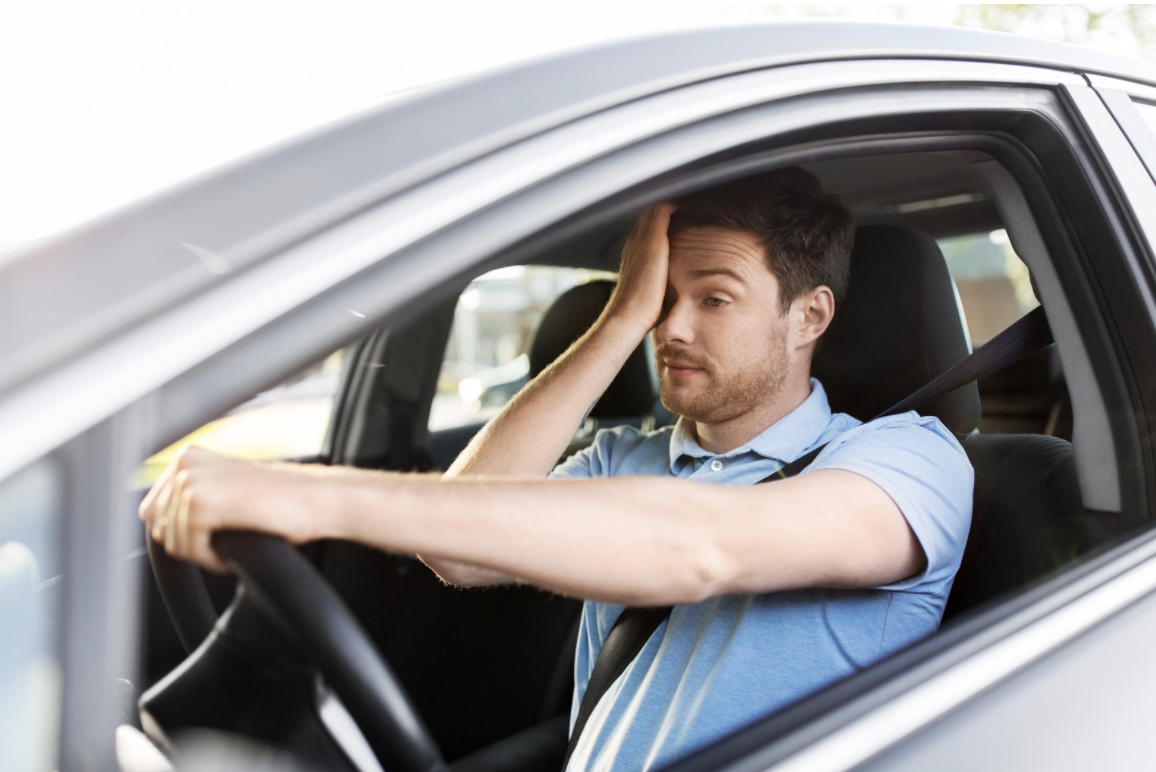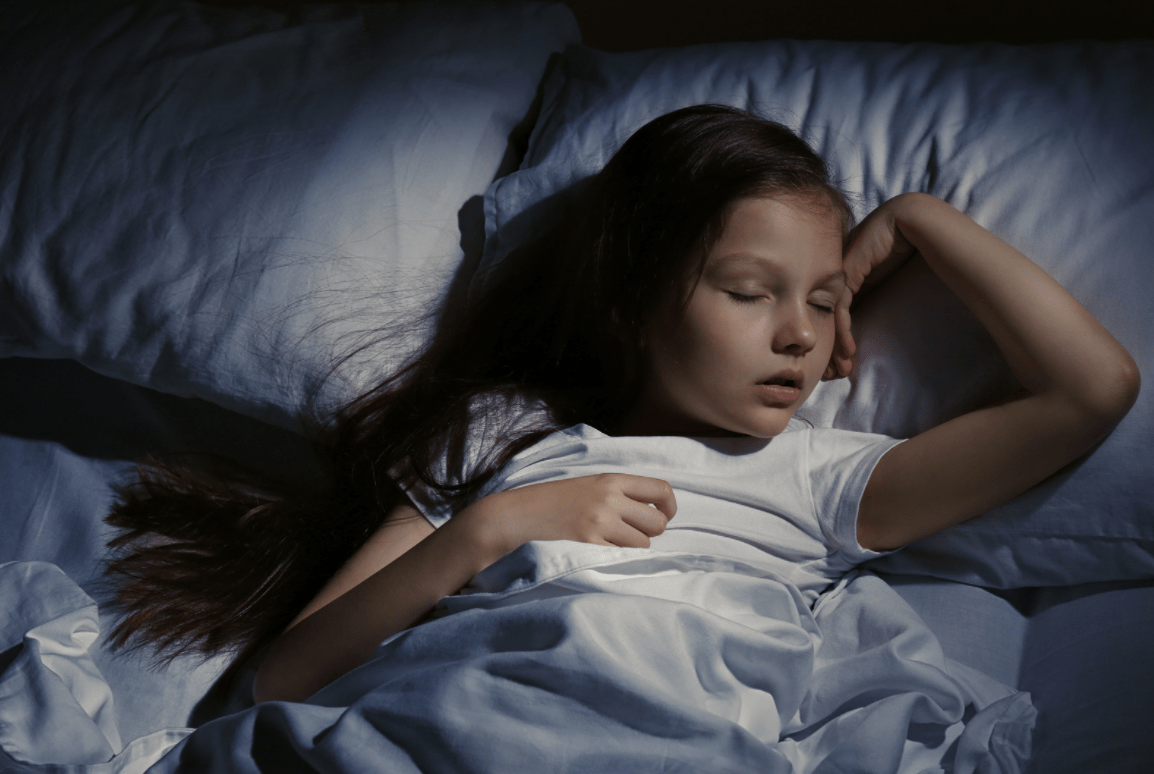
Increased Driving Risk in Patients with Obstructive Sleep Apnea
Key Points
Studies show that obstructive sleep apnea is associated with a significantly increased risk of motor vehicle accidents.
Have you ever been driving along and found yourself nodding off? It’s most likely to happen to people with obstructive sleep apnea.
Obstructive sleep apnea is associated with a significantly increased risk of motor vehicle accidents. However, the risk is reduced when sleep apnea is treated effectively using continuous positive airway pressure (CPAP) therapy. Effective identification and treatment of sleep apnea is essential to reduce avoidable, life-threatening accidents caused by drowsy driving.
The Risk
Those with sleep apnea are nearly 2.5 times more likely to be the driver in a motor vehicle accident. Further risk analysis found that severe excessive daytime sleepiness, short sleep duration of 5 hours or less, and use of sleeping pills were independent predictors of increased crash risk in people with sleep apnea. The incidence of motor vehicle accidents was reduced by 70 percent among sleep apnea patients who used CPAP therapy for an average of at least 4 hours per night.
Drowsy Driving
The AASM (American Academy of Sleep Medicine) reports that obstructive sleep apnea (OSA) is a common sleep disease afflicting at least 25 million adults in the U.S. Sleep apnea warning signs include snoring and choking, gasping, or silent breathing pauses during sleep.
A research team studied 1,478 sleep apnea patients with a mean age of 54 years. Seventy percent were men. Objective motor vehicle accident data were analyzed from the Swedish Traffic Accident Registry (STRADA). The control population of 635,786 driver’s license holders included 21,118 individuals with a record of at least one motor vehicle accident during the study period. Sleep apnea patients were involved in 82 motor vehicle accidents while driving during the study period, including 56 accidents in the 5 years prior to diagnosis and 26 accidents in the 5 years after diagnosis. Objective CPAP adherence data were obtained from the device at follow-up visits.
The AAA Foundation for Traffic Safety estimates that drowsy driving may cause 328,000 motor vehicle accidents and 6,400 fatal crashes on U.S. roads each year.
Simulation Study
A simulation study presented in 2016 at the European Respiratory Society (ERS) International Congress reported that patients with obstructive sleep apnea syndrome (OSA) may pose potential driving risks.
This study used standard deviation of lane position (SDLP) in a driving simulator to create a model for future studies, as well as try to identify the actual risk.
When compared to the control group, the OSA patients had more episodes of nodding off and admitted to sleepiness during driving. They were also less likely to get a passing score and more likely to fail than those in the control group. About 53% of people in the control group passed, 47% intermediate, and none of them failed. Only 31% of the patients in the OSA group passed, with 49% scoring at intermediate and 20% failing. In those who failed, lane deviation was significantly worse.
Furthermore, the researchers note that OSA patients are on average 2-6 times more likely to have a traffic accident compared to those without the condition. Nodding at the wheel and sleepiness are far more likely to be reported in patients with OSA than the patients in the control group.
Getting Help
Are you concerned you or someone you know may have sleep apnea? Get tested in the comfort of your own bed with At Home Sleep Study.
By Leslie Radford


